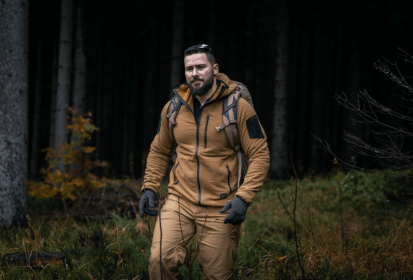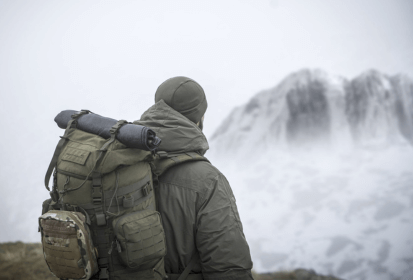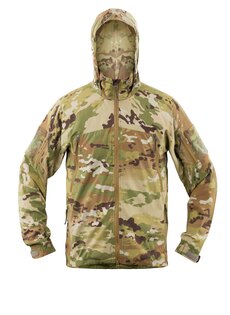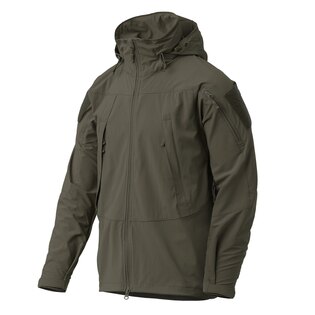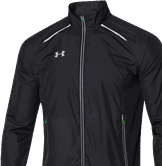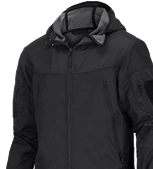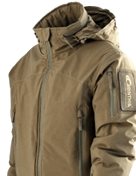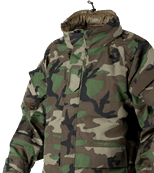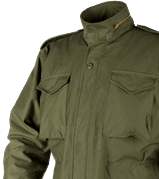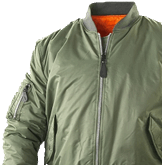Many people love autumn because during these seasons it is not as cold as in winter and at the same time, you usually don't sweat as much outdoors as in summer. However, even in autumn, temperatures can drop, and it is necessary to prepare for it accordingly.
It's true, we shouldn't underestimate preparing for outdoor hikes in the fall. It doesn't really matter if we're preparing for a half-day walk or a week-long trek. The classic jacket has proven to be the best as the outer layer of clothing, and fall jackets have one fundamental advantage over winter ones – thanks to the smaller layer of insulation, they don't have to be as heavy and bulky.
We withstand wind and rain
The main purpose of fall jackets is to protect their wearer from the elements. We are primarily referring to wind and rain. They are worn as outer layers of clothing, which you may or may not need to wear unlike in winter days. In transitional seasons, there are significant differences between daytime temperatures, so in the morning, you might experience a perceived temperature around zero, and in the afternoon, you might be sweating in fifteen degrees or more.
Three types of fall jackets
From the above, it follows that fall jackets should also be light, so we can easily pack them into a backpack if needed. But at the same time, they should provide sufficient protection against bad weather. They should protect you from the wind and light rain – which even cheaper materials like nylon and polyester can do quite well.
The golden middle is, however, softshell, which is not a single material, but a collective term for synthetic materials that can protect against external moisture while remaining sufficiently breathable. We distinguish between woven and membrane softshell, where woven is cheaper and generally considered less quality, but on the other hand, it is lighter and more flexible. For common one-day hikes in transitional seasons, woven softshell is entirely sufficient.
And then we have the top category in the form of membrane materials, such as Gore-Tex©. Many manufacturers license it, others choose analogous solutions from their own production. Either way, with Gore-Tex, you will have a higher assurance that you won't get wet. Quality, taped seams are also essential because the joints between individual fabric pieces tend to be the weakest link in terms of water resistance.
Other features of fall jackets
Other welcome features of fall jackets include underarm vents or a two-way zipper, which are elements that allow you to easily regulate ventilation. Both softshell and Gore-Tex can be lined underneath with a layer of MicroFleece, which acts as an additional insulating layer and is also pleasant to the touch. Synthetic materials in a fall jacket can also be combined with cotton, which provides additional comfort.
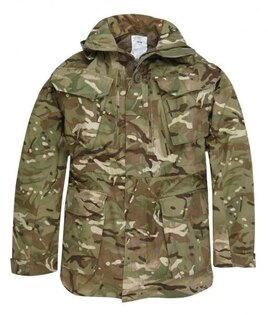

Smock Windproof parka original British army / used
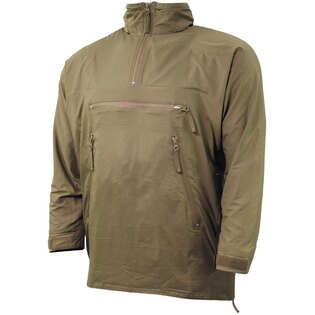

Lightweight Thermal anorak original British army / used
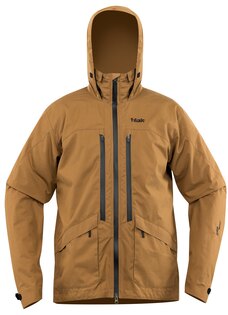


Tilak® Loke 24 Ventile® jacket
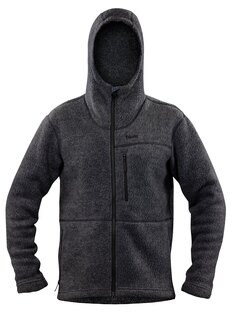


Tilak® Nuuk Polartec® Thermal Pro® hoodie
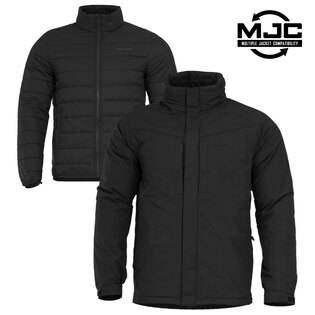


Pentagon® Gen V 3.0 Storm|Tex™ parka
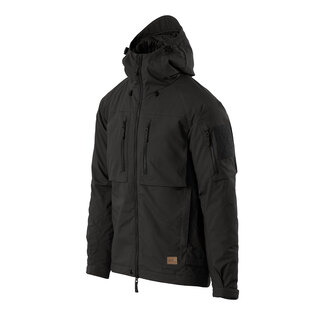


Helikon‑Tex® Yukon Climashield™ Apex® winter jacket
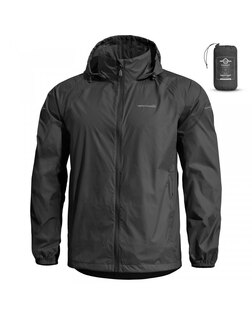


Pentagon® Cloudburst Packable Men's Rain Jacket
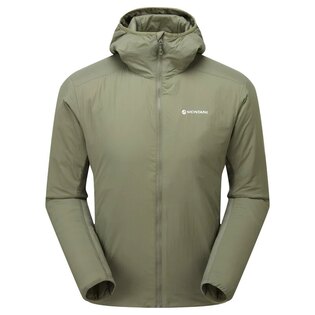


Montane® Sirocco PrimaLoft® Gold insulated jacket
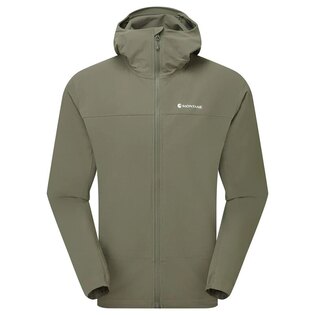


Montane® Tenacity XT Hoodie softshell jacket



Helikon‑Tex® Levanter Waterproof lightweight jacket

Summit Softshell Jacket Condor®
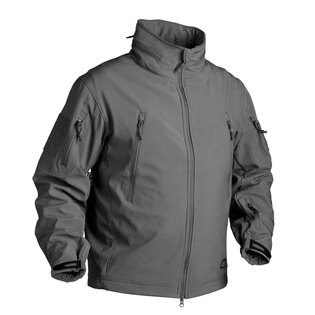


GUNFIGHTER JACKET ‑ SHARK SKIN WINDBLOCKER
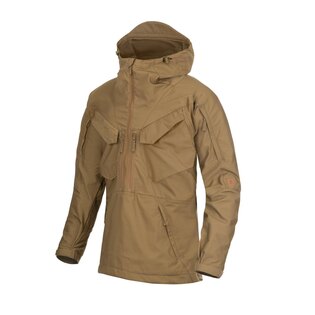


Pilgrim Anorak Jacket Helikon‑Tex®
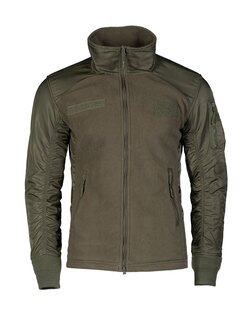


Mil‑Tec® USAF jacket
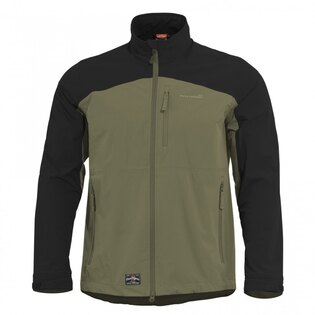


Elite Light Pentagon® Softshell Jacket
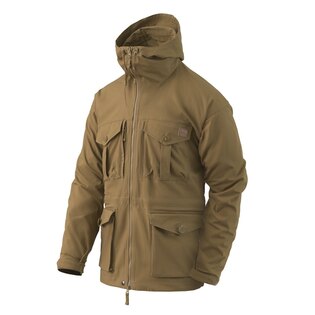


Helikon‑Tex® Smock SAS jacket
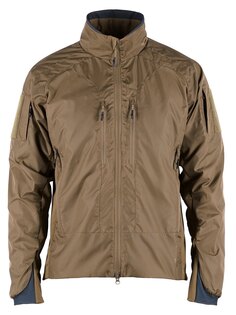
4‑14 Factory® WindStopper Trieste Jacket
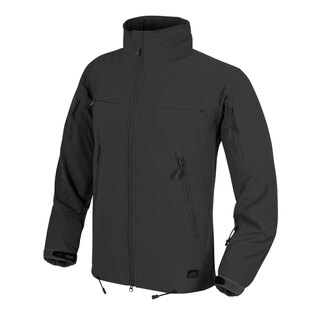
COUGAR QSA™ + HID™ JACKET®
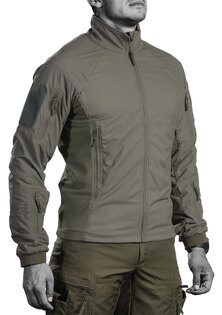


UF PRO® Hunter FZ Gen.2 softshell jacket
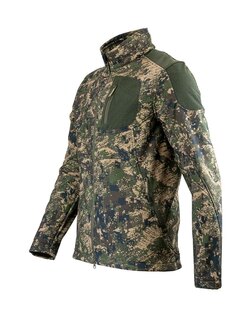
Softshell Jacket Jack Pyke®
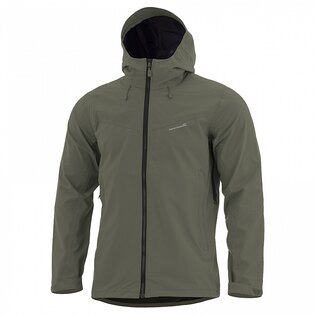


Monlite Rain Shell Pentagon® jacket
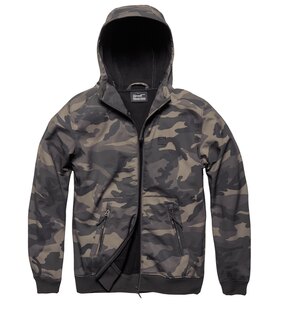


Vintage Industries® Ashore softshell jacket
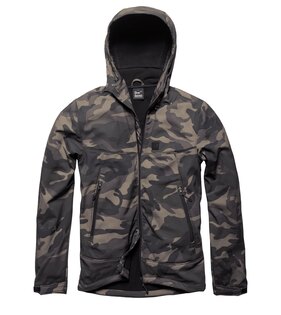


Softshell Jacket Alford Vintage Industries®
